Semi-Auto M60:
The Ever-Elusive Springfield Armory SA1
February 3rd, 2022
7 minute read
The gun nerd truly committed to his craft approaches his or her quirky little compulsion much as might a big game hunter. We set our sights on some seductive trinket that is black, steel and oily and then relentlessly pursue it until it occupies that hallowed spot in the gun safe. Proclivities among gun collectors are as widely variegated as are the vagaries of fashion or classic automobiles.
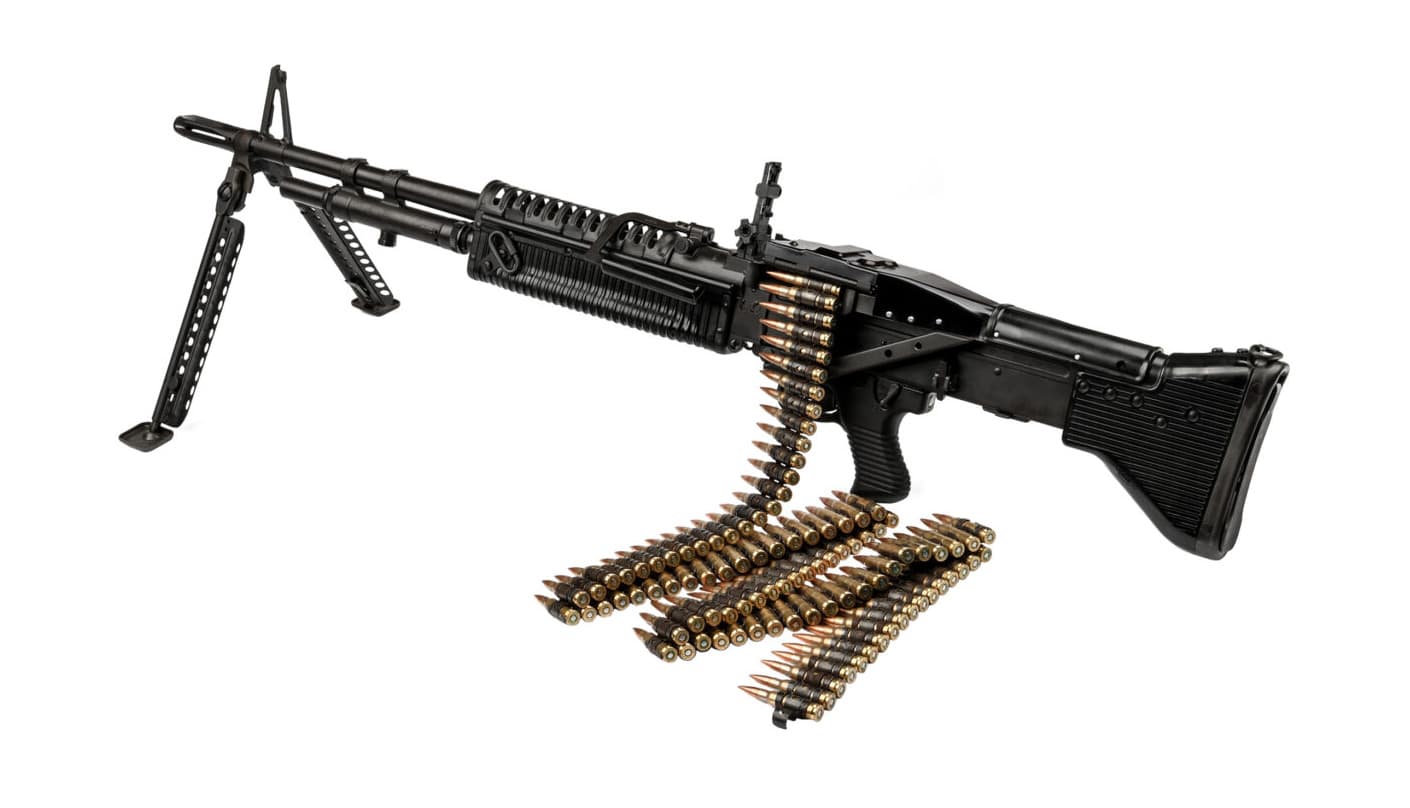
However, there is one gun, in particular, that would serve as the absolute centerpiece of any well-seasoned gun collection. That is the ultra-rare and no longer-produced Springfield Armory SA1, a semi-automatic version of the M60 GPMG (general purpose machine gun).
The SA1 was a limited-production semi-automatic version of the classic M60 belt-fed machine gun produced in the immediate aftermath of the 1986 “machine gun ban.” Using a preponderance of G.I.-issue parts along with a mechanism skillfully adapted to meet BATF muster, the SA1 transferred like any other semi-automatic rifle, albeit one that fed linked 7.62x51mm ammunition and weighed 23 lbs. empty.
The abbreviated run wrapped up at around 200 copies back in the 1980s, so possession of one of these classic Pigs nowadays would be like landing a vintage 1967 Corvette, a pre-74 Porsche 911 or a sexy Jaguar E-Type.
The Setting
Prior to 1986, the manufacture of fully automatic firearms for sale to civilians, under National Firearms Act (NFA) requirements and with a $200 transfer tax, was perfectly legal. As a result, firearms like this were plentiful and relatively cheap. In some cases, inexpensive subguns could cost less than the transfer tax.
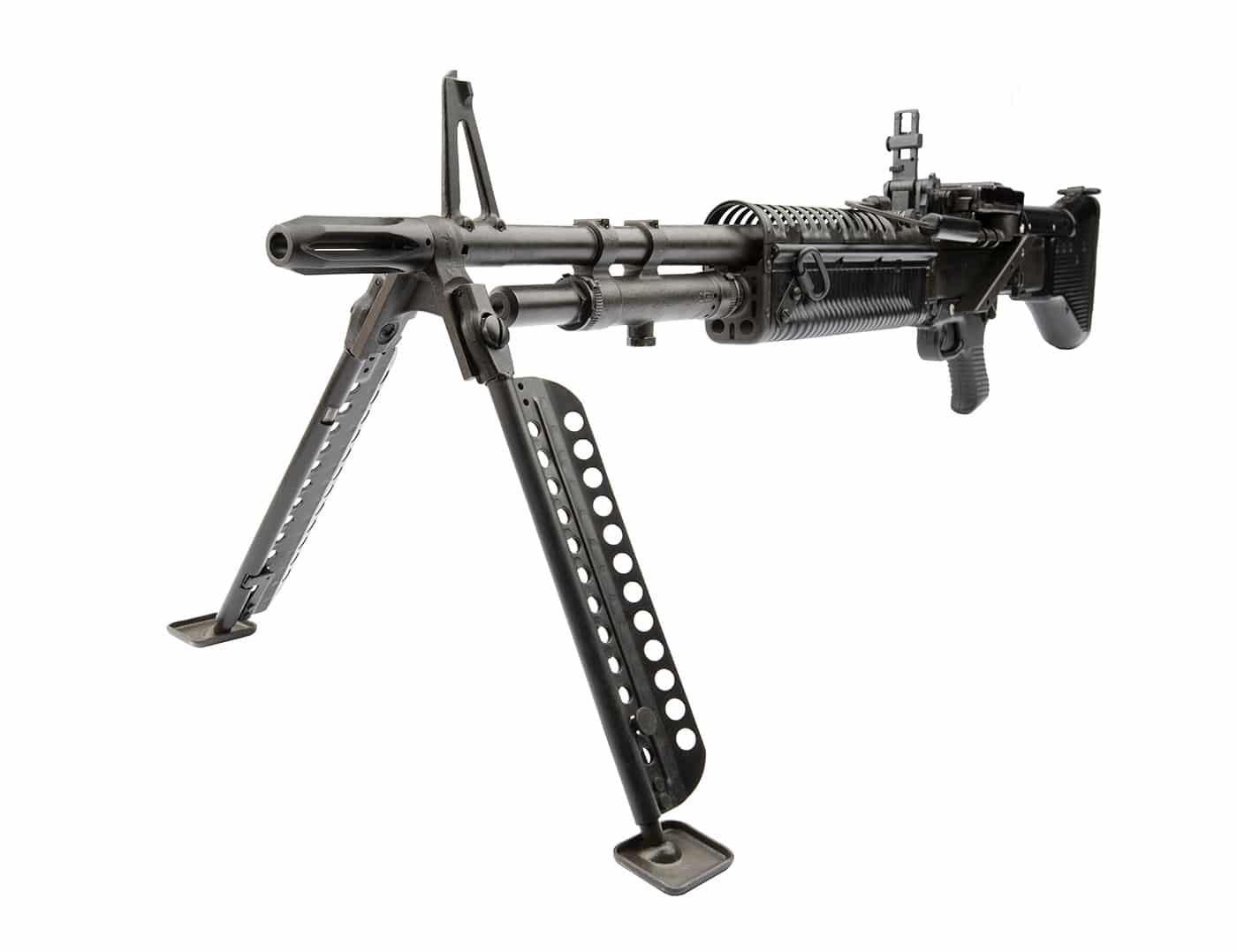
At the time, there was a thriving niche market in newly manufactured, transferable machineguns. Folks didn’t have as much disposable income then as is the case today, and that conspired to keep the market contracted. Additionally, as these guns were still freely available, there seemed no undue pressure to acquire them. It was, in short, a very different world.
In 1974, a prominent military surplus dealer named Robert Reese and his son Dennis Reese decided they would branch out into firearms. Along with Dennis’ brothers Dave and Tom, the Reese family birthed Geneseo, Illinois’ Springfield Armory. What has become such a modern firearms juggernaut spawned from a very small town foundation.
We presume that the big names in the gun industry started out with paneled boardrooms and sprawling manufacturing complexes. Dave Reese tells me that back in the early days Springfield Armory board meetings took place over the dinner table.
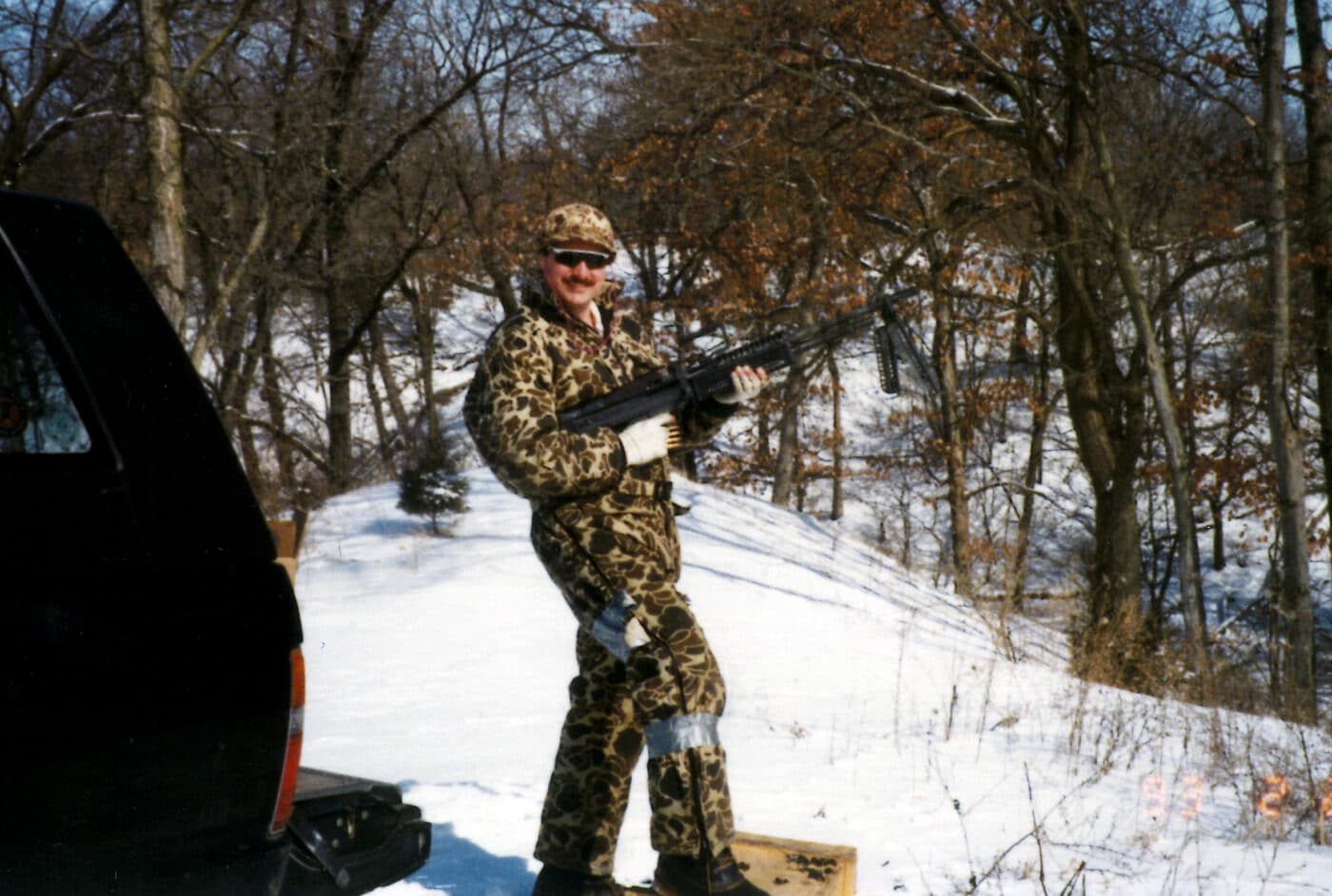
The Springfield Armory catalog was fairly sparse back then. The semi-auto M1A version of the U.S. military’s M14, the M1 Garand and the M1911 pistol blazed the trail. As Springfield Armory grew, Dave Reese branched out with a separate company of his own just a few years after Springfield’s launch. That company, the Rock Island Armory, built and sold transferable machine guns.
The Cataclysm
Pre-1986, Dave Reese’s Rock Island Armory dealt in fully automatic M60 GPMGs, M14 rifles, M2 Carbines, BM 59 rifles and M2 .50-caliber machine guns. The requisite $200 transfer tax would be the equivalent of around $500 today, but there weren’t a whole lot of folks supplying such rarefied iron. As a result, business was brisk. Life was good right up until the passage of the Firearms Owners Protection Act (FOPA) that took effect on May 19, 1986.
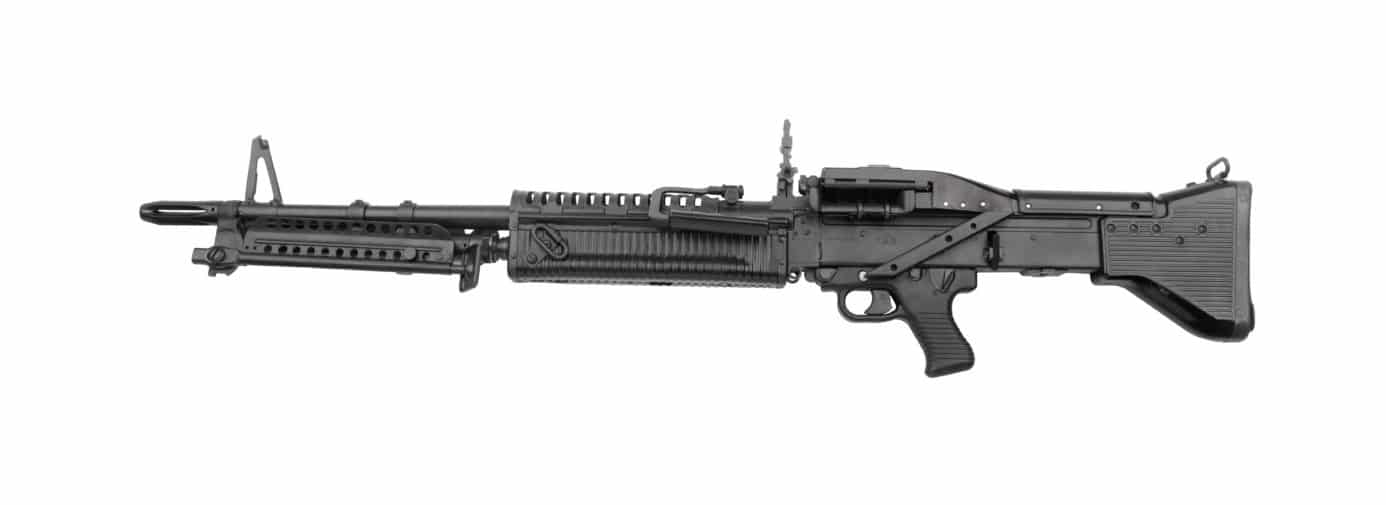
A report by a Senate subcommittee studying the Second Amendment to the U.S. Constitution asserted that the vast majority of prosecutions over firearms laws landed on ordinary citizens with no criminal intent and who were making unknown technical violations. The FOPA was going to help make these and many other things right for American gun owners.
As debate on the FOPA neared its terminus, Representative William J. Hughes of New Jersey introduced the infamous Hughes Amendment via an informal voice vote. The Hughes Amendment made further production of fully automatic weapons for sale to civilians illegal, effectively capping the number of machine guns in the registry.
It is generally accepted that the chairman over these proceedings ignored pleas for a recorded vote to allow the amendment to pass despite its lack of formal support. The FOPA was nonetheless passed by both chambers of Congress and signed into law by the President. This event triggered a seismic shift in the tidy little world of American machine gun collecting.
The Wild West
Manufacturers of these types of firearms had about three months between the date the legislation passed and when it actually took effect. During that time, they engaged in a flurry of machine gun building. Anything that could be manufactured and papered before the deadline was allowed. Anything built after the cut-off would only be available to law enforcement agencies and would therefore be essentially worthless to civilian customers. The receivers had to be mechanically complete by the cut-off.
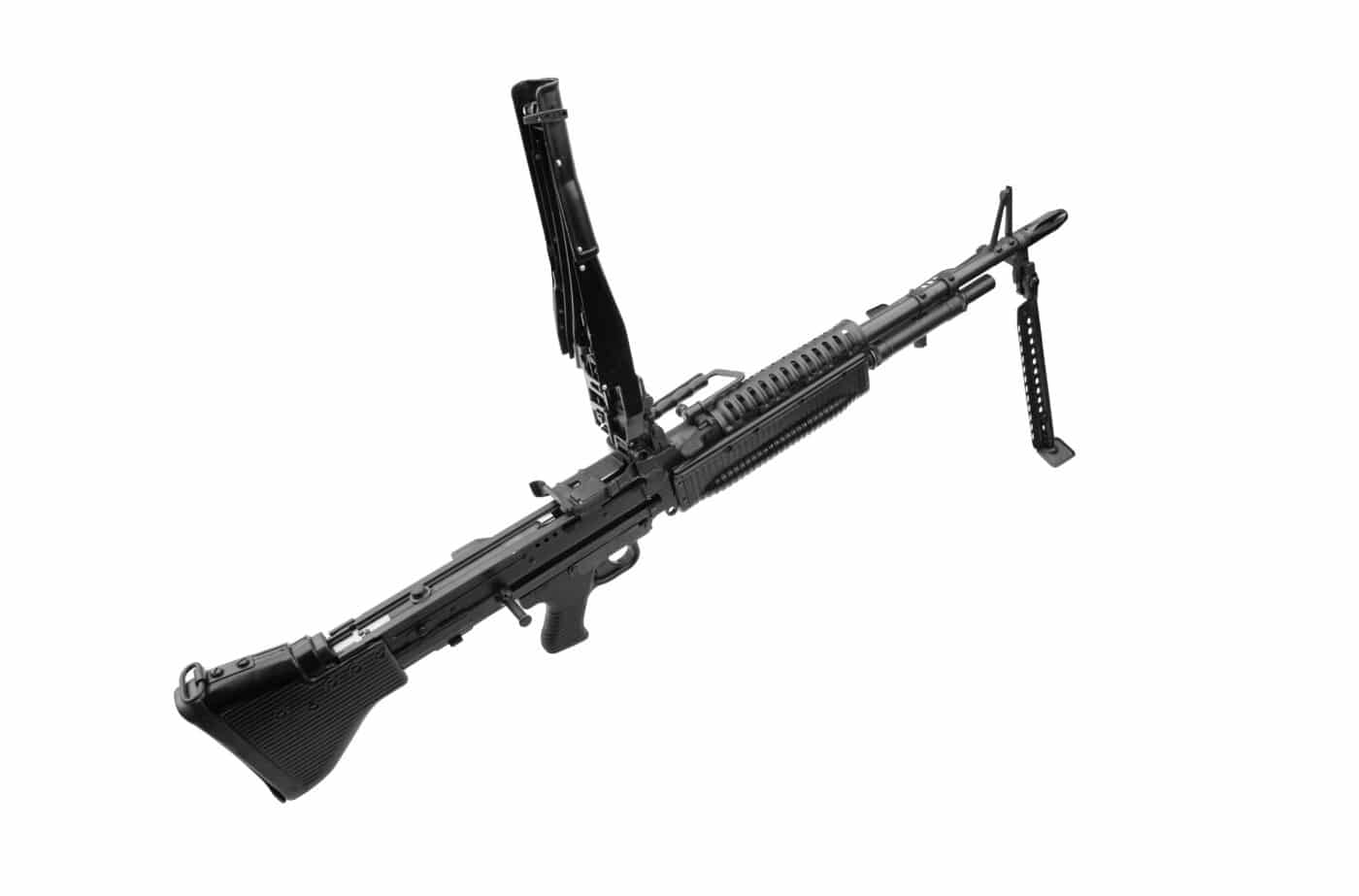
Producing complex stuff like M60 receivers requires time and specialized equipment. By contrast, Sten submachine gun receivers can be churned out en masse. Lots of livelihoods were riding on the details. Manufacturers worked madly building machine guns. However, When the clock hit midnight on May 19, 1986, the era of new-made machine guns for civilian use in America came to an irrevocable end.
So, with the stroke of a pen, Uncle Sam put Dave Reese in the position of having a stockpile of expensive M60 parts and no receivers upon which to build them and sell them to civilians. Things looked bleak.
The SA1
So, what was the solution? What was he to do with these parts and no means to sell them? With the assistance of his brothers Denny and Tom as well as an accomplished Class II manufacturer named Doug Oefinger, they set about redesigning the M60 mechanism to fire semi-automatically. A former John Deere engineer named Bob Kuehl also helped out. Robert Reese met Bob at a gun show, and they hit it off. Operating on a shoestring budget, the gun evolved over time, and the end result was undeniably inspired.
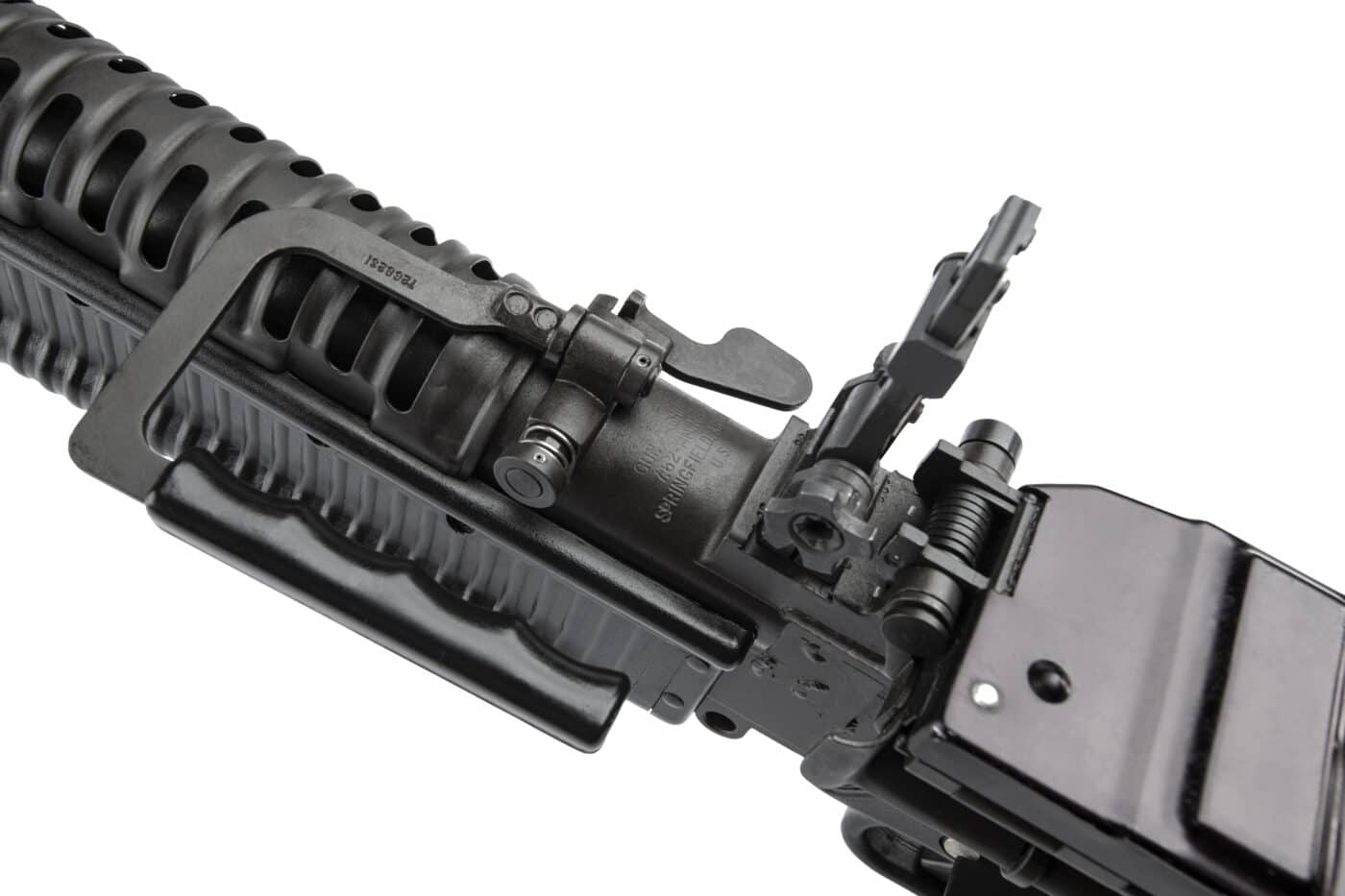
The full-auto G.I. M60 fires from an open bolt using a floating firing pin, and the rotating bolt locks in place at the moment of firing. This is not a system that readily lends itself to a hammer-fired mechanism like you would find in an AR-pattern SAINT or the M1A. Dave Reese and company therefore opted for a striker instead.
In this system, as the action was cycled, the sear would retain the striker in a “cocked” position. When the trigger was pulled, the striker would be released to fire a single round, and the cycle would be reset for the next round. A redesigned trigger mechanism allowed the sear to cycle semi-automatically. The theory was sound but, as expected, the devil was in the details.
After a little back and forth, the BATF Technical Branch Chief approved the semi-auto closed-bolt design for sale as an unrestricted Title 1 firearm. The final design included a novel adaptor on the back of the G.I. bolt assembly to facilitate the new striker-fired action. Dave Reese produced around 200 copies in a year that were sold under the Springfield Armory plus the Rock Island Arsenal brand, using up the rest of the M60 parts inventory.
Denouement
If you want a Springfield Armory SA1 M60 of your own, you’d best have deep pockets. You’ll not find these things in stock at your local Sportsman’s Warehouse or Cabela’s. I discovered one that went for a bit less than ten grand back in 2014. Another copy with a spare M60E3 barrel sold at auction for $14,000 two years before that. I found one example currently for sale online for a cool $18,000.
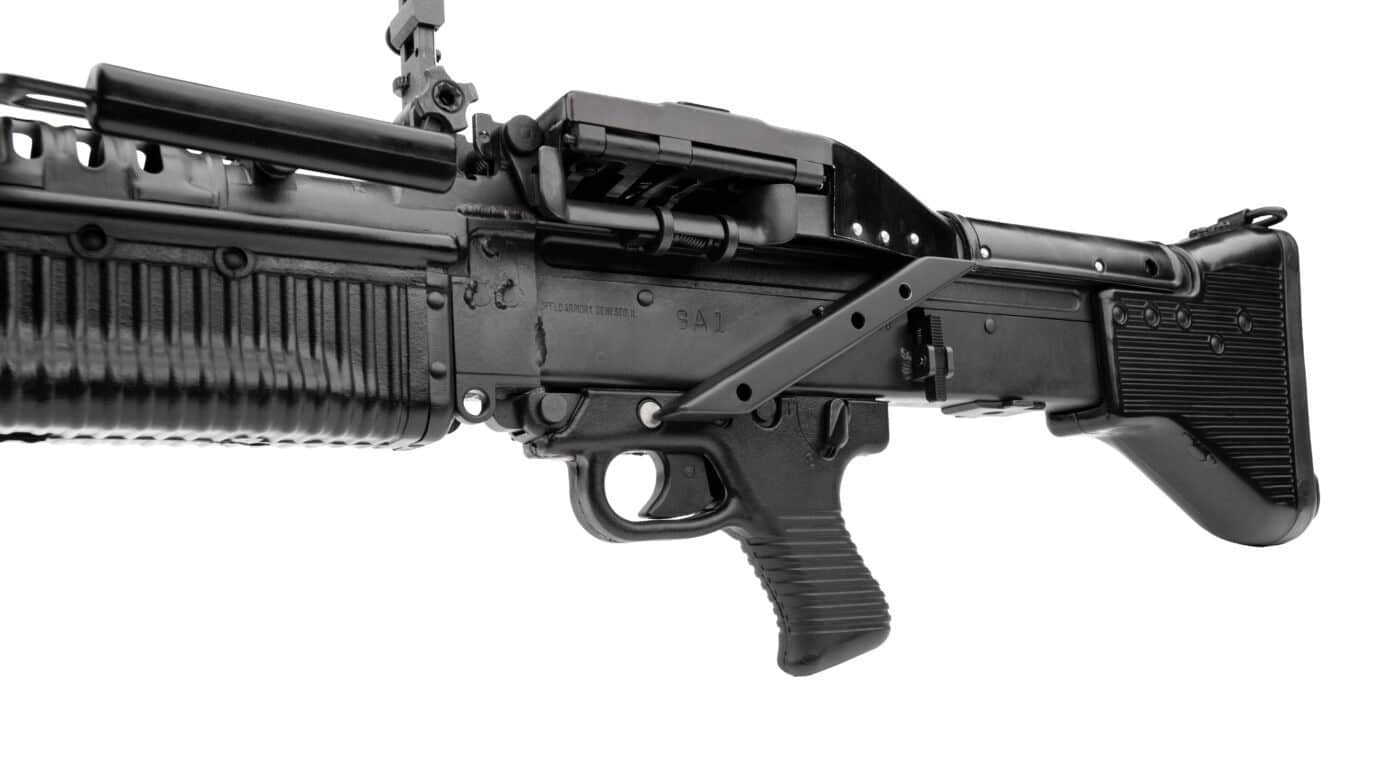
For such a rarefied piece of iron, the price is obviously whatever the market will bear. By contrast, however, an original unfired Rock Island Armory transferable full-auto M60 was listed on GunBroker.com for $70k when I wrote this article. Wow.
Dave remains an active part of the Springfield Armory organization today, working to keep us all supplied with cool state-of-the-art defensive firearms. The Springfield Armory story is the archetypal manifestation of the classic American dream. A family of entrepreneurs took something they loved and turned it into a successful empire. Through perseverance and dedication, they sustained the business through both good times and bad. Nowadays we are all beneficiaries. More power to them.
Editor’s Note: Please be sure to check out The Armory Life Forum, where you can comment about our daily articles, as well as just talk guns and gear. Click the “Go To Forum Thread” link below to jump in and discuss this article and much more!
Join the Discussion
Featured in this article
Continue Reading
Did you enjoy this article?

 406
406







